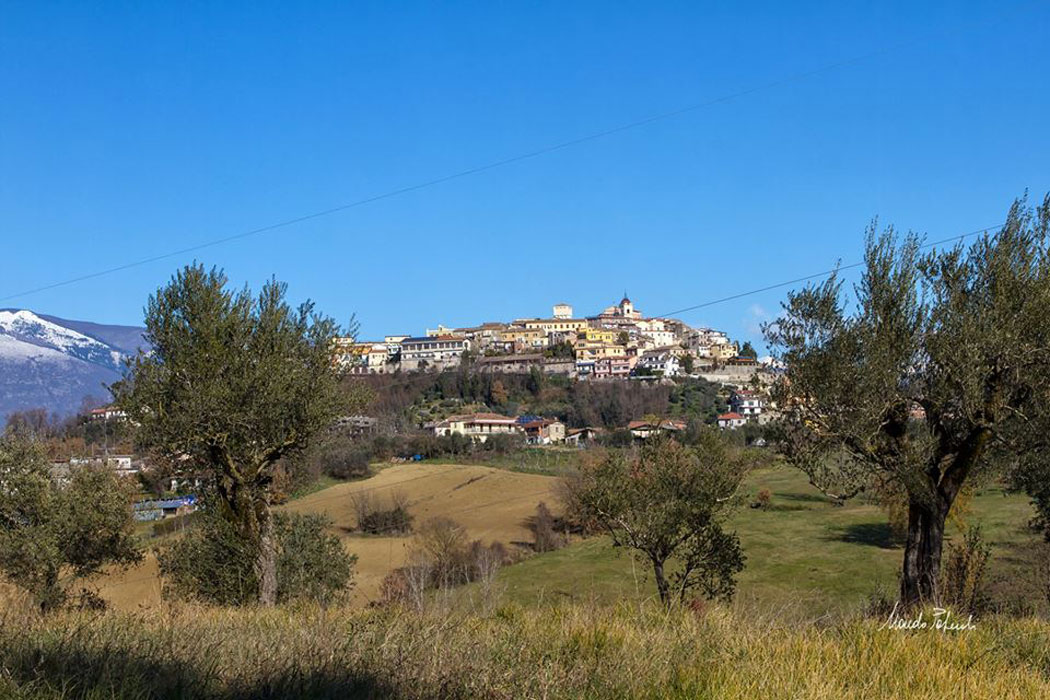
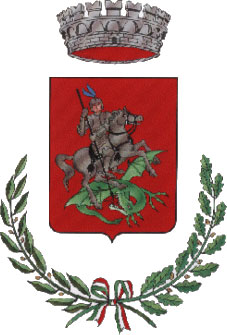
Ripi, the name comes from the Latin for bank, which means shore, and perhaps refers to a lake that has since disappeared. The area has been inhabited since the Paleolithic era and the many Roman remains give the idea of a centre of some importance.
The foundation of the village dates from the ninth century, when the population sought refuge on the heights under the protection of a monastery or a castle. In the twelfth century there was the San Silvestro Monastery, of which there is no longer trace from 1154.
Ripi is formed around a castle and was burned several times: firstly by the troops of Onoriuo II, in 1129, by the Normans of William I, King of Sicily in 1165, and the army of Henry VI in 1189.
The castle was entrusted to the Caetani but, after the slap of Anagni, it passed for a period to the Colonna who then managed to conquer Ripi in 1523 and held it until the disappearance of the feudal system in 1816. Despite the strong presence of the feudal lords, the Church of Veroli had vast holdings and powers and really influenced the life of the castle and its inhabitants.
A curiosity: the "staircase of the drummer" to the Janiculum in Rome is dedicated to the "drummer of Ripi," a young man who died during the siege of the Roman Republic.
The foundation of the village dates from the ninth century, when the population sought refuge on the heights under the protection of a monastery or a castle. In the twelfth century there was the San Silvestro Monastery, of which there is no longer trace from 1154.
Ripi is formed around a castle and was burned several times: firstly by the troops of Onoriuo II, in 1129, by the Normans of William I, King of Sicily in 1165, and the army of Henry VI in 1189.
The castle was entrusted to the Caetani but, after the slap of Anagni, it passed for a period to the Colonna who then managed to conquer Ripi in 1523 and held it until the disappearance of the feudal system in 1816. Despite the strong presence of the feudal lords, the Church of Veroli had vast holdings and powers and really influenced the life of the castle and its inhabitants.
A curiosity: the "staircase of the drummer" to the Janiculum in Rome is dedicated to the "drummer of Ripi," a young man who died during the siege of the Roman Republic.
During World War II the town suffered from heavy Allied bombing.





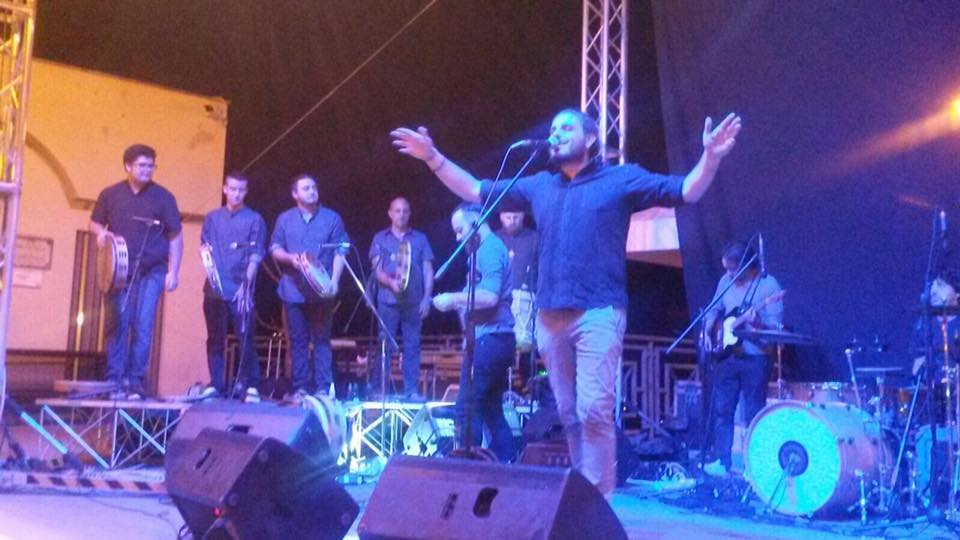

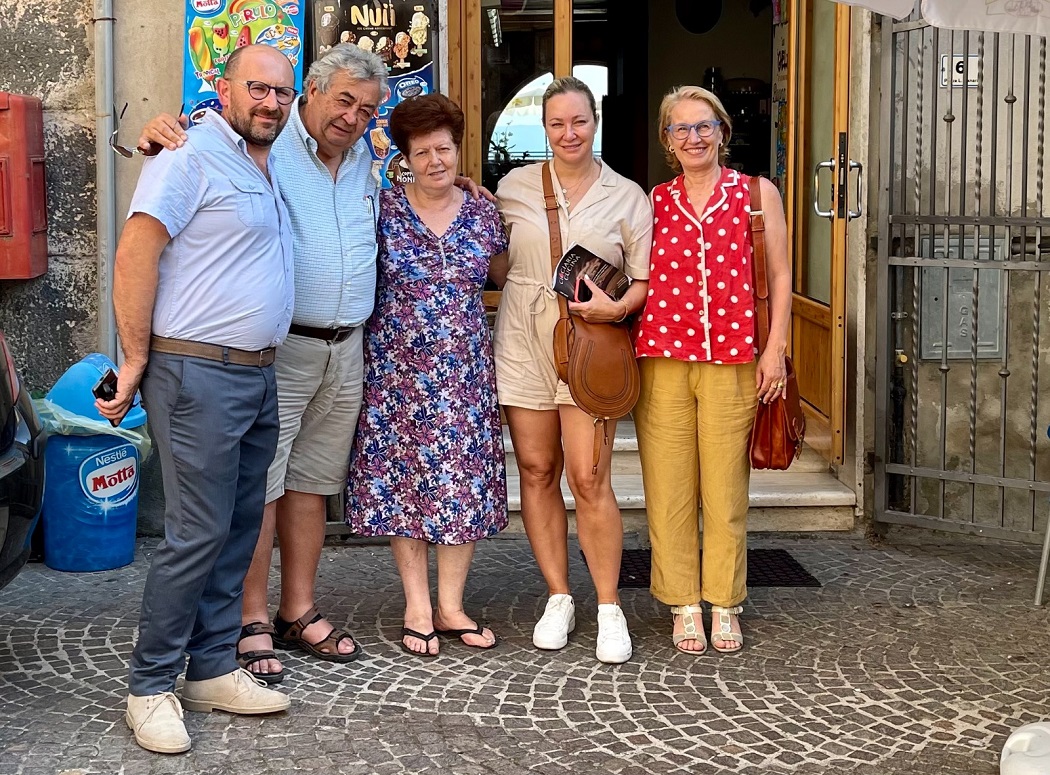

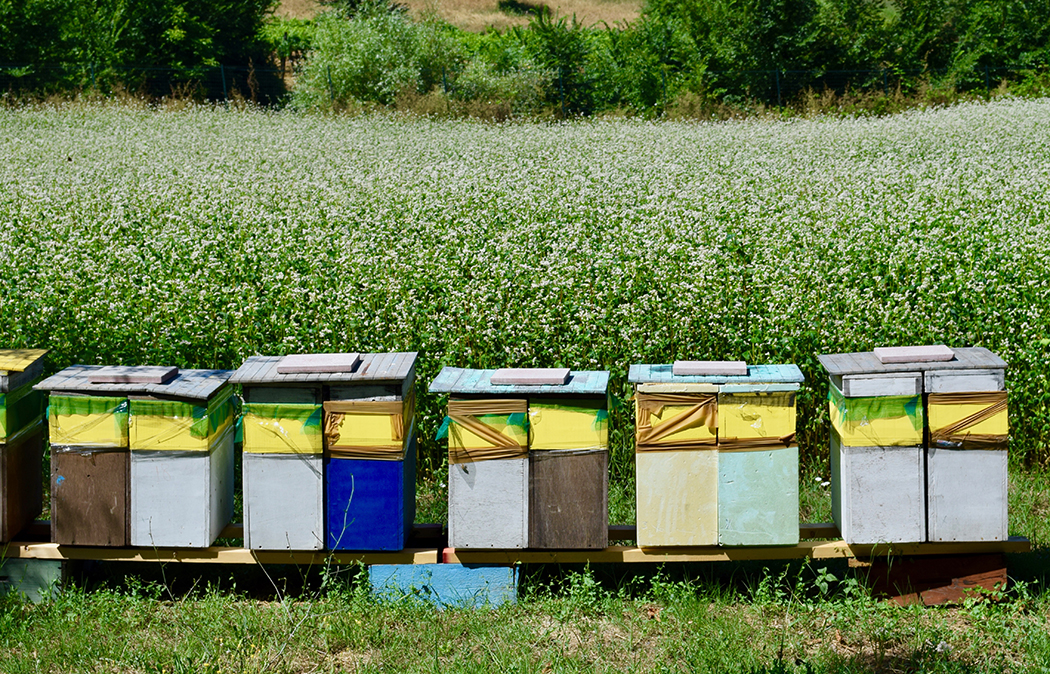

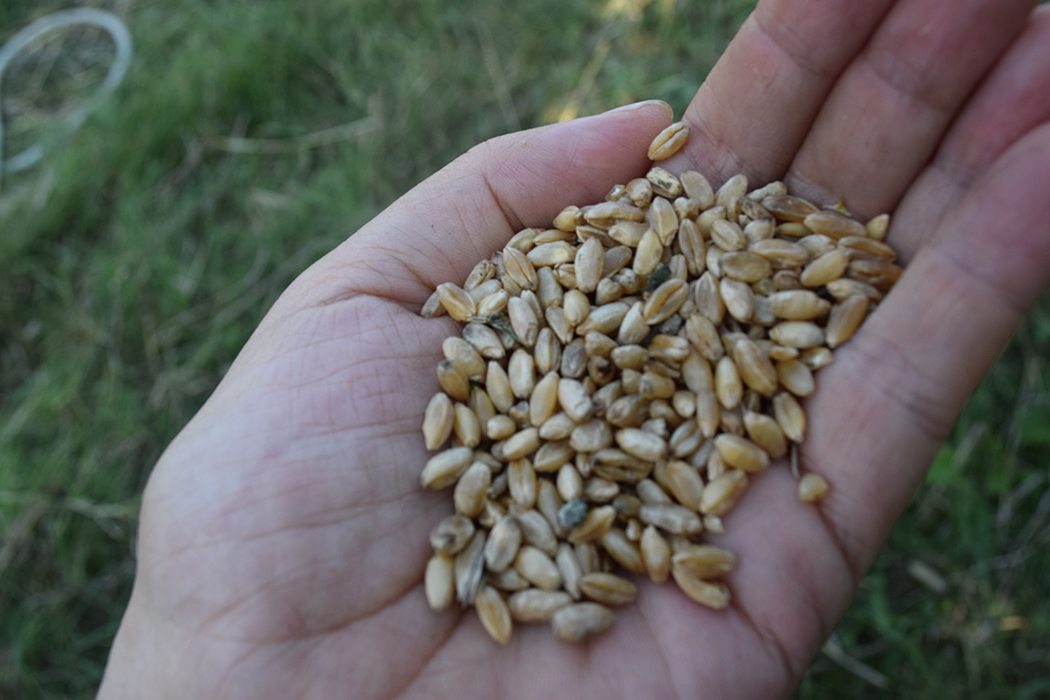




Follow us